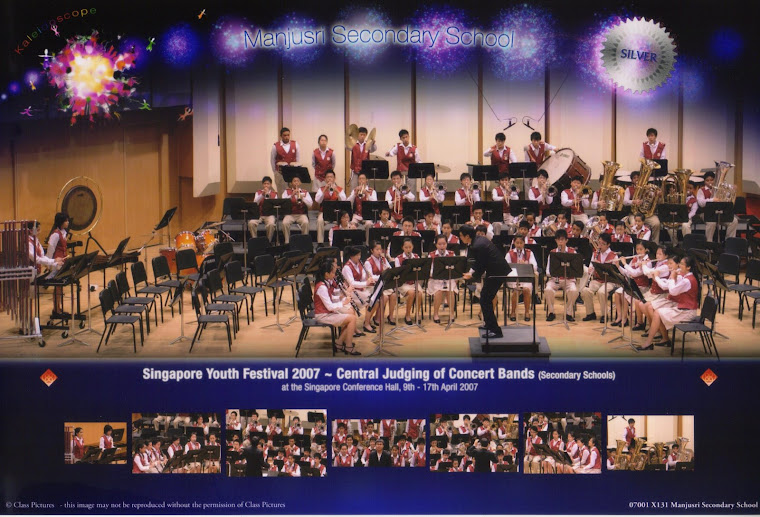Ireland: of legend and lore is an original composition for wind band, which draw upon the vast riches of traditional Irish melodies. The composer has chosen three castles and /or colorful characters from Irish history and folklore and put their legendary deeds to music. The piece was commissioned by the East Tennessee state university wind ensemble under the direction of Mr. Paul hinman for performance during their tour of Ireland in March of 1996. The composer was fortunate to travel with the band during their tour and conduct this fine ensemble during their St Patrick’s Day festivity performances.
The work is divided into three sections. Following a majestic introduction, the familiar 6/8 bounce of an Irish march surfaces from the ensemble. The composer has chosen Brian Boru’s march as the source material for this section of the work. Brian Boru, in the year 1001 or 1002, is responsible for the most notable instance of battle chivalry in Irish history. According to historians, Brian Boru, engaged, in a classic crusade, demanded form the then Ard Righ, Malachi, submission and hostages. Malachi responded by saying that if brain would grant him a respite of one month in order that he might have time to summon around him the army of leth Cuin, he would at tend of the period, either give battle or send hostages to the king of leth mogha. Brian granted the request. But when Aod O Neill, king of Ailech, refused to support him, Malachi journeyed back to Brian and told him frankly that he was not able to get the backing he wished, and consequently, regretted he would have give hostages and submit. Brain, however, instead of at once accepting, entreat Malachi to take a respite of one year to see if in that time he might not do better. Malachi refused, declaring that he would not fight against him after any such display of chivalry.
As the work begins, we hear the army of brain Boru marching to battle, prepared to give their very lives for their beliefs. Following the light-hearted mach, with no battle scars to show for their journey, we hear them march off into distance secure in the preservation of their moral convictions.
The second section of the piece is based upon aromatic legend, which ended with quite a “ Twist”. The setting is Carrickhowley castle, a waterside fortification standing on a broad flat rock in wildly rocky sea inlet. Grace O Malley, a woman of legendary strength and dominant qualities, had selected the castle as a strategic location for her rather successful trade and piracy operation. Richard Burke, also called Mac William oughter, had inherited the castle form his family who built and owned Carrickhowley Tower. Grace, it seems went on a romantic crusade with Mr. burke and his castle as the ultimate goal. The unfortunate fellow, it is believed, actually married her for love, and grace accepted him on condition that either party could terminate the marriage after one year.
During that year, she garrisoned this and all Mac William Oughter’s other fortresses with her own loyal soldiers, refused to let the man near her, and at the end of the year installed herself at carrickhowley and declared the marriage over by shouting “ I dismiss you” at him from it’s upper window. Of course. She had no intention of giving back his fortification and it was impossible to take them from her.
The final section of the work is based upon the multiple attacks on Cahir castle, which stands on rocky islet in the midst of the Suir, cahir castle was built probably by Conor O’ brien, In about 1142 and was enlarged in 1500. The ground plan follows the shape of the island on which it stands. And the defenses are cleverly designed, being divided into separately fortified section. The castle withstood frequent attacks until the advent of connon, for which it was not quite so well equipped. In the 16th-17th century as English rivals competed for control over theregion. Cahir castle ground itself more vulnerable. Robert devereux, 2nd Earl of Essex, confronted and conquered it within three days in 15599. In 1641, the notorious Lord inchiquin (who destroyed many towns and fortifications in Ireland) achieved the same task within just a matter of hours. In 1650, Cromwell arrived at cahir castle in person.
He, being unwilling t o engage in what he thought might prove a long struggle to subdue the stronghold, and it’s occupants, believing that he would ultimately be successful in such battle proposed and agreed upon terms which allowed the castle garrison to leave unharmed with all their flags and weapons.
The composer has chosen the percussion section to form the center of this musical battle. Two percussive armies battle for the castle with support from the surrounding winds. As the battle reaches its peak, the composer has woven together two traditional Irish melodies. The young Woman’s lament provides the melodic material with Sgt. Earl’s jig providing a driving counter melodic line in the woodwinds. As the work draws to close. We hear the two opposing armies call to each other through the percussion. As with Cromwell at cahrin castle, they choose to draw down their weapons and walk away with their heads held high, resolving to meet again under better circumstances.
Monday, August 11, 2008
Subscribe to:
Post Comments (Atom)



No comments:
Post a Comment